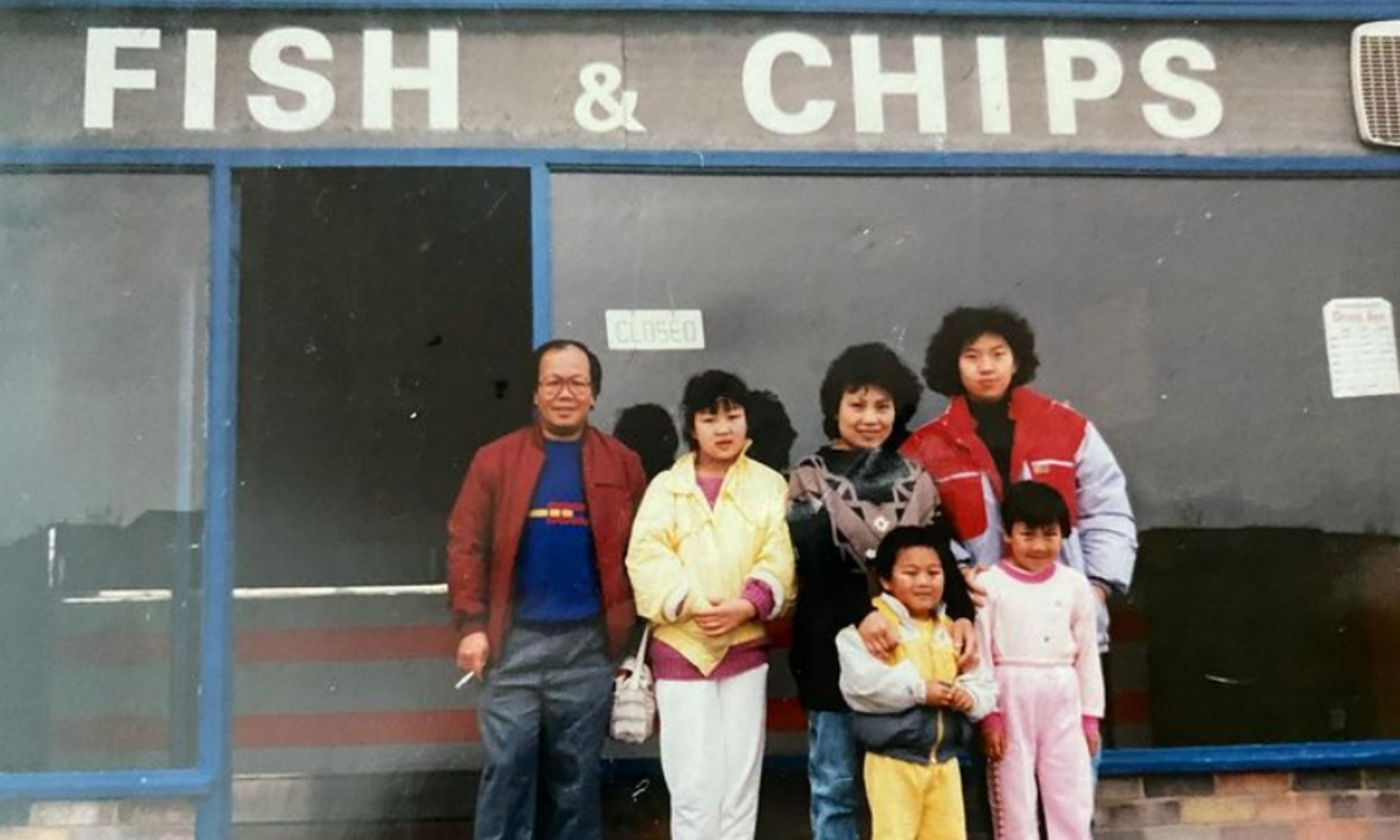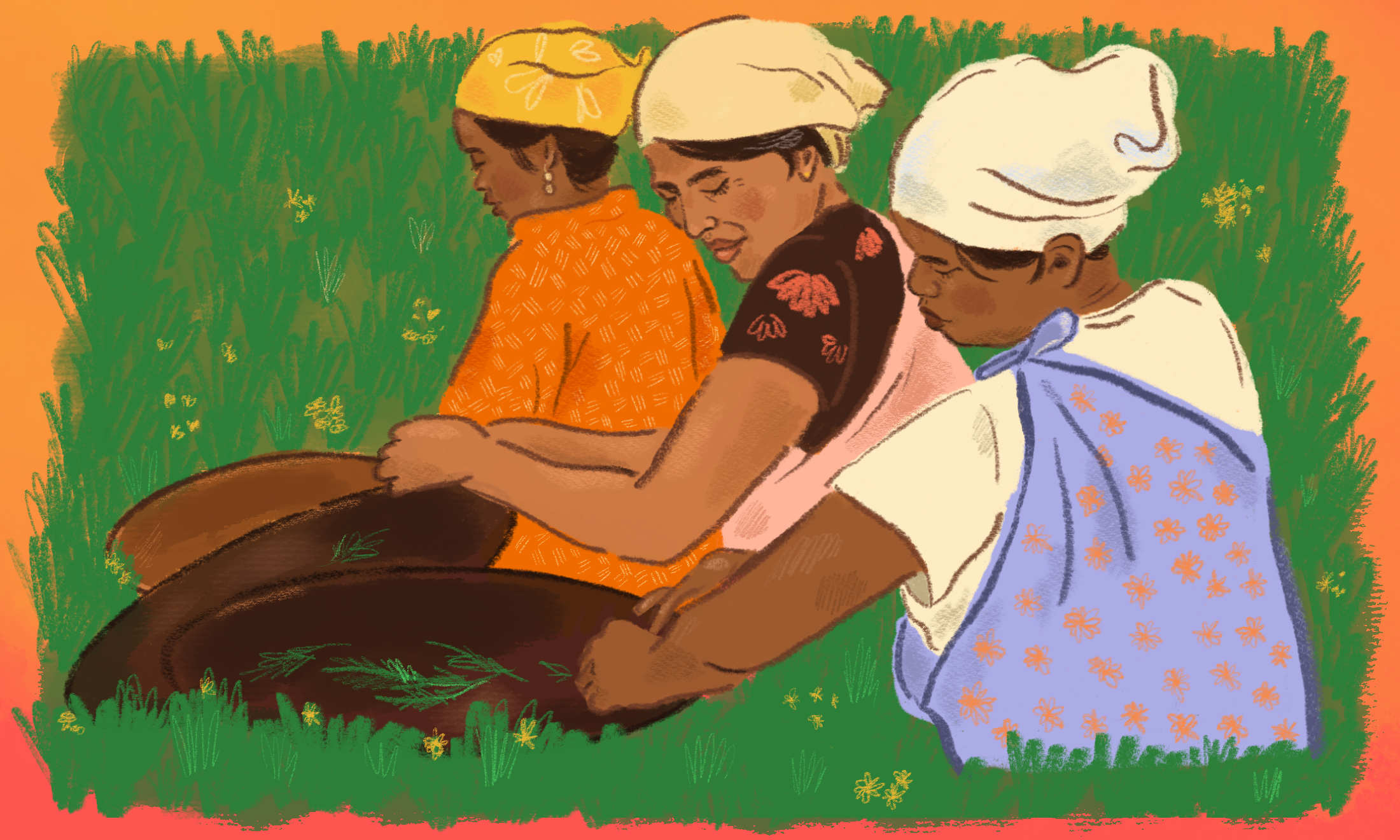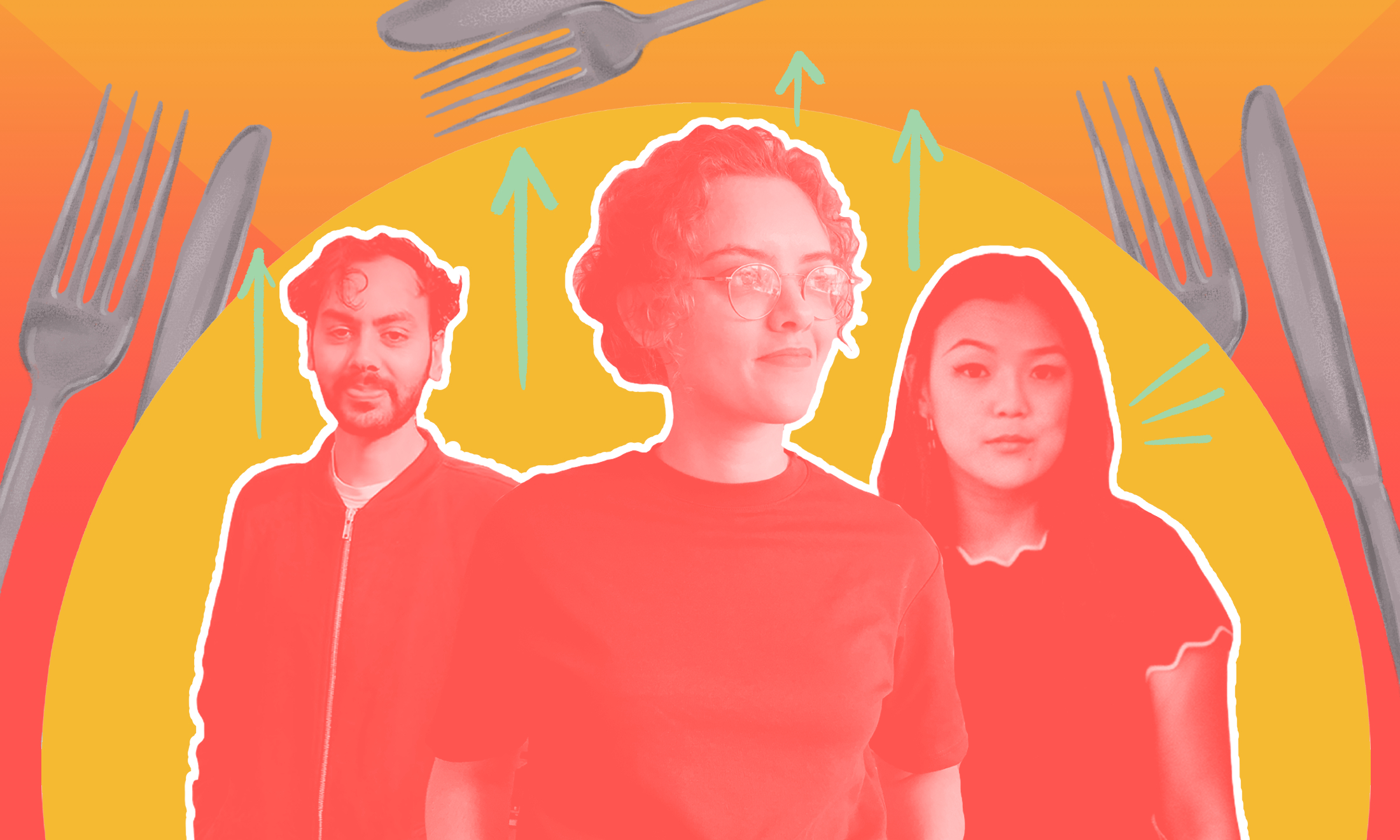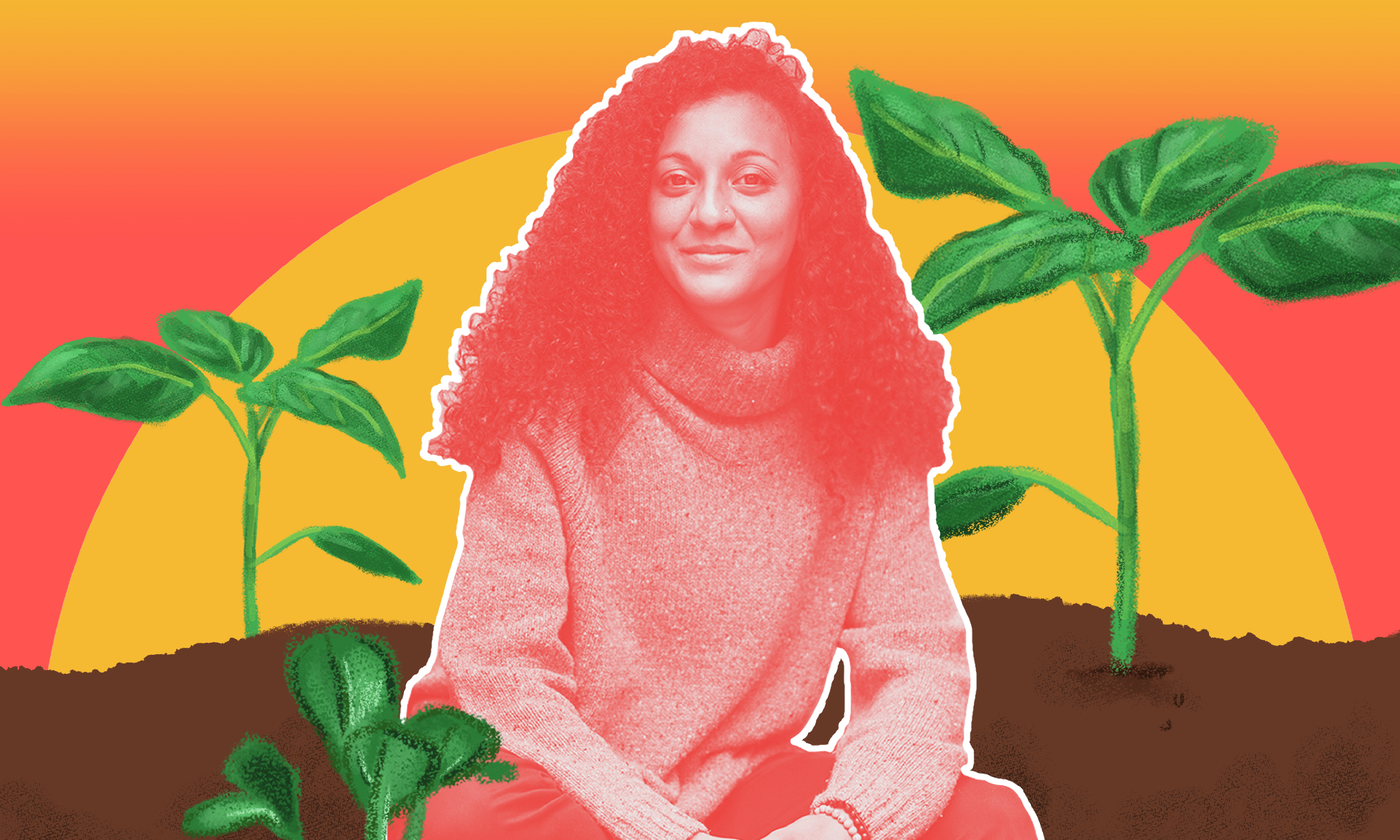
Georgie Ma
#ESEAeats one year on: a celebratory movement of East and South East Asian food culture
The #ESEAeats hashtag grew out of frustration with the way Asian cuisine has so often been treated. Now, it's a movement of celebration.
Samantha HuiQi Yow
30 Nov 2021
Last year, when Masterchef: The Professionals finalist Philli Armitage-Mattin implied that Asian cuisine was “dirty” and needed refining, many in the UK’s East and South East Asian (ESEA) community were hurt — but not wholly surprised. While the London-based chef — a self-proclaimed “Asian specialist” of Indian heritage — has since scrubbed her Instagram bio of the “Dirty food refined” tagline and “#prettydirtyfood” hashtag, it was just yet another sentiment feeding into an anti-East Asian narrative on the rise.
This hate isn’t new. Though it thrived during the pandemic, it has spanned generations. Chef Philli’s words only added to it, reviving painful memories for some, including Georgie Ma. Growing up as a British Born Chinese (BBC) whose family ran a takeaway in a town just south of Manchester, the host of the podcast Chinese Chippy Girl recalls being bullied for her cultural difference, and hearing the same damaging language when people would refer to the cuisine as “dirty Chinese”.
“My parents would make me food like char siu (barbeque pork) and chao dan (fried egg) in a bun to bring on school trips,” Georgie remembers, recalling that the other kids would express their distaste for her packed lunch. “So as good as it tasted, I was embarrassed because it didn’t look like the ham and cheese sandwich everyone else was having.”
Fast forward to the present day, exhausted and frustrated by decades of cultural insensitivity and microaggressions, Georgie and Anna Chan, founder of ESEA in Tech and Asian Leadership Collective, became determined to shift the narrative from one of negativity to one of joy.
“The pandemic has been tough on a lot of people but especially so for East and South East Asians,” Anna explains. “Going into Chinatown last year, you could see a lot of shops had closed and the streets were empty.” The lack of footfall was one thing, but several Asian-owned businesses across the UK, particularly those in the food and beverage sector, also became the target of racist vandalism. This rise in anti-Asian rhetoric echoed in other areas: according to a new report by anti-bullying charity Ditch the Label, online hate speech rose by 1,662% in 2020 compared to 2019, while hate crimes in the UK last year increased nearly 50% compared to 2018. As the latter only accounts for reported incidents, the true figure is thought to be much higher.
“Instead of just going through the same cycle of anger, sadness and pain, we wanted to break free of that,” Anna says. The duo decided to create their own Instagram hashtag aimed at championing voices of a community reeling from hate. And amid persistent, lazy mockery around tired tropes, what better aspect to celebrate than food, an expression of love across many Asian cultures?
“Instead of just going through the same cycle of anger, sadness and pain, we wanted to break free of that”
Anna Chan, co-founder of #ESEAeats
Enter the ‘#ESEAeats’ project, which became a community. Using the hashtag on Instagram, Georgie and Anna encouraged anyone and everyone to share photos that capture what East and South East Asian food culture means to them.
The movement has exploded since its launch last November, growing from a handful of uploads to over 400 within the first week. Today, one year on, there are nearly 8,000 posts sitting under the hashtag, each unique in celebrating East and South East Asian heritage through food. From photos of siu mei (Cantonese roast meats) to gimbap (Korean seaweed rice roll) to bún riėu (Vietnamese noodle soup), uploaded by chefs, foodies, influencers and everyday people from all over the globe, #ESEAeats highlights just how rich and multi-layered cuisines from the region and diaspora communities are.
The posts also showcase just how creative people can get when recreating East and South East Asian dishes — turning Christmas leftovers into fried rice, congee and broth; putting a modern spin on traditional foods like yakitori (Japanese skewered chicken) by whipping them up in an air fryer — while at the same time bringing to attention the laborious preparation that happens behind the scenes. “I never really realised nor appreciated the craftsmanship behind the food my parents used to put on the table,” Georgie says. The hope is that scrolling through #ESEAeats can help others come to the same understanding while drawing inspiration for their own meals.
Importantly, these posts amplify lived experiences and cultural memories within the community.
“We wanted to create a space where people can tell their stories in their own words with their own pictures, where others who resonate can connect and learn something new,” Anna says.
One post, featuring congee paired with sweetcorn, speaks to an elderly man’s life after fleeing the war in Vietnam and recounts his move to Hong Kong before he eventually settled down in the UK. Its caption aptly sums up what #ESEAeats is about: “Food is the thing that grounds us and is the only constant ⎯ it tells and represents our history and story,” it reads.
One year on, the pair hope that even more people will get involved on social media by uploading photos of their eats onto their Instagram grids and Twitter timelines, sharing their stories and experiences and, of course, including the hashtag #ESEAeats. “It’s a movement that’s accessible to everyone,” Anna says. “You don’t have to know how to cook – it’s people who’re just throwing things together and I think that’s the epitome of East and South East Asian food.”
The movement has now grown beyond social media with the support of volunteers. Among them is Charlotte Hu, who photographed Sunday’s community-led walking tour through Chinatown, and for whom #ESEAeats has helped forge a deeper connection to a wider sense of community and culture. Others worked on raising awareness of the first anniversary and reaching out to ESEA-owned businesses for collaboration, like Little Yellow Rice, a Peranakan supper club, and Laksa Mania, which serves up traditional Malaysian cuisine.
“At its core, #ESEAeats is still motivated by the same ambition it first started with: to create a safe, positive space for East and South East Asian communities to celebrate their stories”
“We’re not looking to reinvent the wheel. We want to champion the people who make the food and work closely with what others are already doing,” Anna says, referring to using the platform’s reach to amplify and spotlight existing voices within the community. “We just want to make sure #ESEAeats grows because it’s been such a great example of a movement that is actually led by the people using it.”
At its core, #ESEAeats is still motivated by the same ambition it first started with: to create a safe, positive space for East and South East Asian communities to celebrate their stories. “I want people to see our food heritage as it is. It doesn’t need refining and it doesn’t need to look pretty,” Georgie says. “It just needs better representation.”









